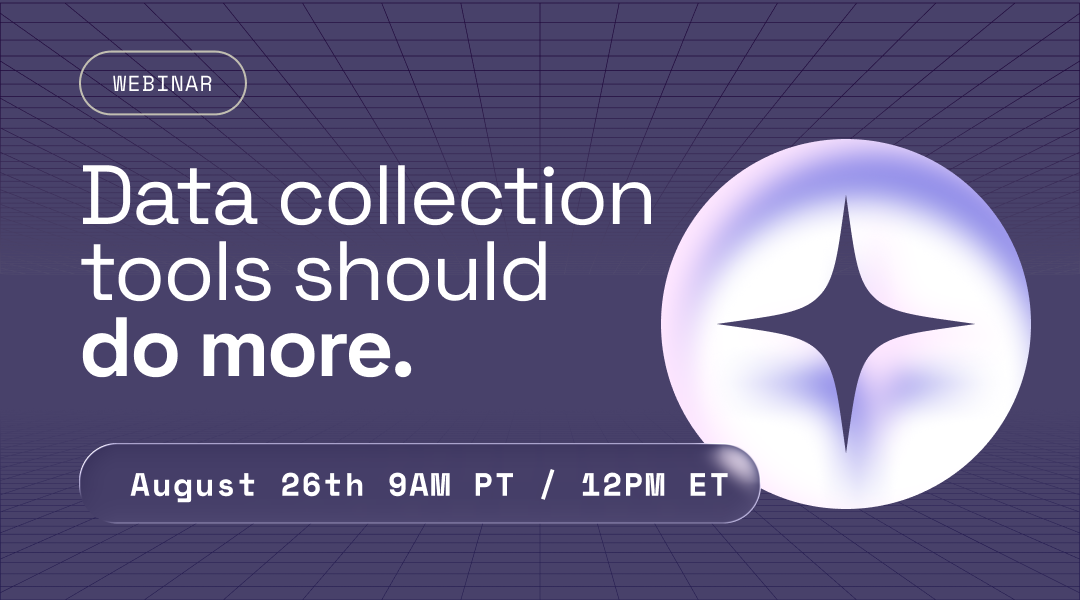Impact-driven organizations want to make their funders happy. But who is impacted? Too often, social enterprises or nonprofits are bogged down by impact reporting to shareholders. The focus, instead, should be on creating value for stakeholders. Stakeholders are the people who benefit directly from impact work. We must incorporate the stakeholder’s voice from the start. Here are three steps to move your next project focus from shareholder to stakeholder impact.
- 1. Learning not reporting
- 2. Focus on impact, not output
- 3. Stakeholder impact analysis
IMM is an iterative process of learning that focuses specifically on the value and benefits for stakeholders.
KEY TAKEAWAYS
- Stakeholder-based impact management by incorporating stakeholder voices is critical to the long-term success of people, the planet, and profit.
- IMM is about continuous learning rather than reporting
Who is a stakeholder?
Shareholder.
Typically a shareholder holds stock or equity in a company. However, for our purposes, a shareholder more broadly includes those who stand to make a financial gain from a social enterprise. This impacts investors.
When it comes to results, a shareholder has specific needs. They may have environmental, social, and corporate governance (ESG) or sustainable development (SDG) goals that they are looking to achieve.
Stakeholder.
In our work, stakeholders are the target beneficiaries of a social program or intervention. They are the fishers, farmers, artisans, small business owners, families trying to buy their first homes, the unhoused, etc.
Stakeholders matter most. The success of an impact-driven initiative is bound to how they engage (or don’t engage) with the project. For example, you shouldn’t build a daycare center in a small village with an older population and few young children. The design, implementation, and risk management of a program depends heavily on the input of stakeholders. They are, after all, the reason for the initiative.
1.Learning not reporting
Often, social enterprises and nonprofits focus on reporting their impact in annual reports, on their website, or to funders. The pivot towards impact measurement and management (IMM) is learning rather than writing. “We don’t need a daycare in our village” is critical input from stakeholders that would halt your daycare center program plans.
Impact-driven organizations are often flying blind. They struggle with challenges like:
- Lack of or limited feedback from stakeholders
- Lack of, incorrect, or overly complex theory of change
Without this critical information, they can’t fix things that aren’t working. The right IMM approach can solve this.
IMM is a process of continuous learning based on the stakeholder’s engagement and needs. With an IMM system, organizations begin with a lean approach through impact experiments and project management. These approaches prioritize data as a tool for learning. They allow for failure, changes, and a non-linear progression. New programs rarely have a straight line to success. IMM will enable organizations to get real-time feedback and adjust their schedule to maximize value for the stakeholders before the project resources are spent.
2.Focus on impact, not output
Organizations often focus too much on program outputs (people trained, meals delivered, houses built, miles of bike lane created, etc.) Outputs are the immediate results of a program’s activities. Your organization can say, “We built 100 daycare centers”. So what?
Outputs are only half the journey. Impact-driven organizations must focus on the value and benefits they create for stakeholders. For example, if you’ve built 100 daycare centers, what benefits would these changes result to people and the community? Now we’re talking about impact.
From above, we cannot dictate what changes and values the stakeholders are experiencing. That information must come from the stakeholders themselves. Staying focused on creating value and benefits for stakeholders is the key to a successful initiative. It can change people’s lives.
3. Stakeholder impact analysis
Now that you have the right attitude toward measuring impact, you need the proper framework.
Stakeholder impact analysis is a vital part of any IMM approach. IMM that doesn’t get back to the stakeholders is like a waiter who serves your food and never returns to ask how your meal is.

Gathering data from stakeholders is how we communicate on projects. You will need to determine the following:
- how to engage (interview, survey, calls, face-to-face, focus groups, etc.)
- when to engage (frequently, occasionally, etc.)
- Whether to collect qualitative and quantitative data
It is also best to use various data sources, not just direct or self-reported information from the stakeholder. Quickly, stakeholder impact analysis can become complex. When done right, incorporating the stakeholder’s voice is the key to creating long-term, shared value.
Stay focused on stakeholder impact.
IMM is an iterative process of learning that focuses specifically on the value and benefits for stakeholders. At Sopact, we believe stakeholder-based impact management is critical to the long-term success of people, the planet, and profit. Contact us to get started.







